By Donna Woodward, UC Master Gardener of Napa County
One rainy winter day I looked out my window and saw a luscious white pansy in full bloom. I rushed right out and bought more pansies.
Anything that will bloom in the winter months is especially welcome. We expect to see legions of flowers in summer, but during the cooler months their numbers and varieties dwindle. I appreciate those that bloom in the off-season even more for their scarcity.
The flowers we see in late fall to early spring are those that thrive in cool weather. Our summers are long, hot and dry, so these flowers don't often last through the year. Some can stay alive if planted in optimal conditions and kept sheltered and watered.
The pansy's petals are delicate, but the plant is hardy in the horticultural sense, meaning it will tolerate frost. I object to the term “pansy” to describe a person who is delicate and fearful. Pansies are tough.
Even if the blossoms wither in the cold, the plants will often survive and bloom again. They are usually planted as annuals, though, because they can become leggy in warm weather.
Pansies can be planted in the early spring or the fall. The ideal planting site will get morning sun but avoid the heat of the afternoon.
One early-blooming flower that I have learned to love is the primrose. I think it, too, has an unfortunate name. Perhaps it's the word “prim” that sounds fussy and prudish. An individual primrose may not be stunning, but a group of them makes a bright, colorful border.
I planted a row of primroses ten years ago and they have continued to thrive year after year. Although they don't like the hot sun, they survive in full sun in my garden due to a trick I discovered by accident.
Alyssum was growing in the flower bed and happened to get established around the primroses. I realized that those primroses that were surrounded by alyssum managed to stay alive, partially hidden, through the summer. Now it's a regular cycle. Once the weather cools, the primroses explode with new life. The alyssum can then be thinned and will be back to protect the primroses by the time it gets hot again.
The first flower most of us see in the spring is the daffodil. Daffodils are a member of the genus narcissus and are sometimes referred to as narcissus or jonquil. They have been bred to include many different configurations of petals and color combinations, but the most common color is the familiar bright yellow.
These heralds of spring usually start to appear in early January but some hybrids bloom later. This year I saw the yellow flowers in January, and I had some white ones open in late March.
Another wintertime flower is paperwhite narcissus, which is often sold for forcing to bloom indoors in the winter. It doesn't require indoor temperatures and can be planted outdoors in our zone. It blooms in mid-winter.
I planted some paperwhites near my front door. They were pretty but they smelled so bad I thought we had a skunk. When I realized it was the flowers, I moved them to a bed farther from the door.
Considering their indoor popularity, I was curious about how people tolerate the smell. I read that the aroma is one of those things that is offensive to some people but pleasant to others. Also, there are several varieties, and their scents vary.
Many wildflowers bloom in the early months of the year. March and April offer vistas of mustard, California poppies, calendula and others. They make a spectacular display because their colors contrast so perfectly against a field of green.
A wildflower is not necessarily a native plant. The California poppy is a true native that deserves its status as our state flower.
Another low-growing orange flower, a species of calendula, carpets the roadsides and hillsides in Napa. It's the same color as poppies and often grows with them. Calendula is native to parts of Europe, Asia and Micronesia. You may be familiar with the larger calendulas grown in home gardens.
I planted a wildflower mix a couple of years ago, and the one species that took hold was calendula. They have spread profusely. I had a similar experience with California poppies.
I hope you are enjoying the beautiful displays of spring wildflowers. If you haven't done so, go for a drive in the country. Our hills offer many scenes of incredible beauty this time of year.
It is not too late to plant some of these cool-weather flowers from starts. Bulbs are best planted in the fall. Next year, just when the world looks drab and dreary, you may find your spirits lifted at the sight of the first flowers of the year.
Food Growing Forum: Second Sunday of the month through November. Sunday, April 11, 3 pm to 4 pm: “Tomatoes, Peppers and Eggplants.” Register to get Zoom link: https://bit.ly/3lC3qs8
Workshop: On Saturday, April 17, UC Master Gardeners of Napa County will hold a virtual workshop on “Soil is the Solution: Digging Deeper” from 9:30 am to 11:30 am. Learn about soil, its relationship to climate change and how to enrich your soil to produce healthier plants. Register to get the Zoom link: http://ucanr.edu/2021SoilRegeneration
Attached Images:
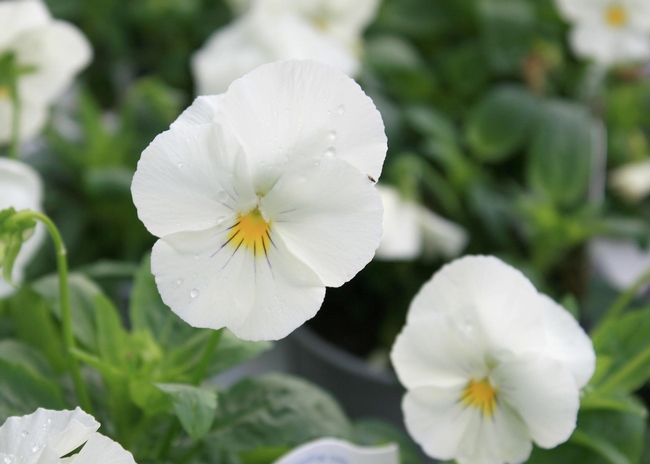
White pansy. (extension.msstate.edu)
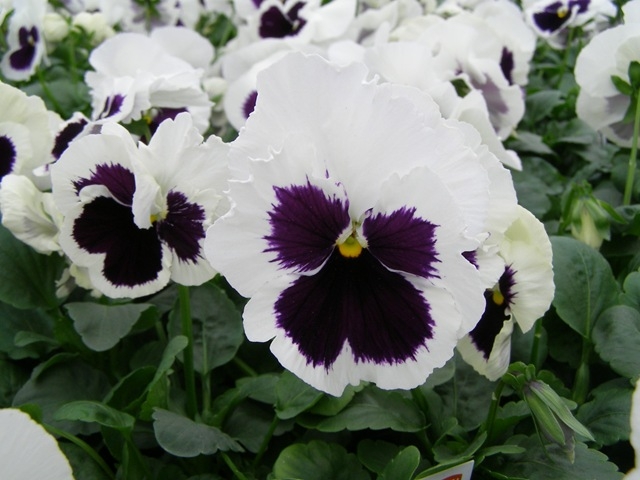
Some pansies have faces. (parkswholesaleplants.com)
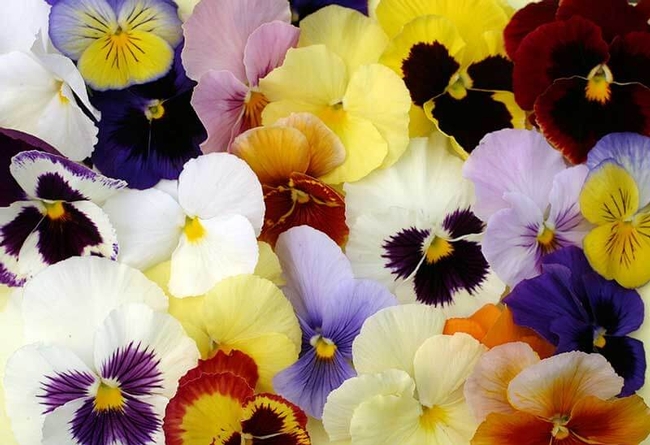
The colors of pansies. (pennington.com)
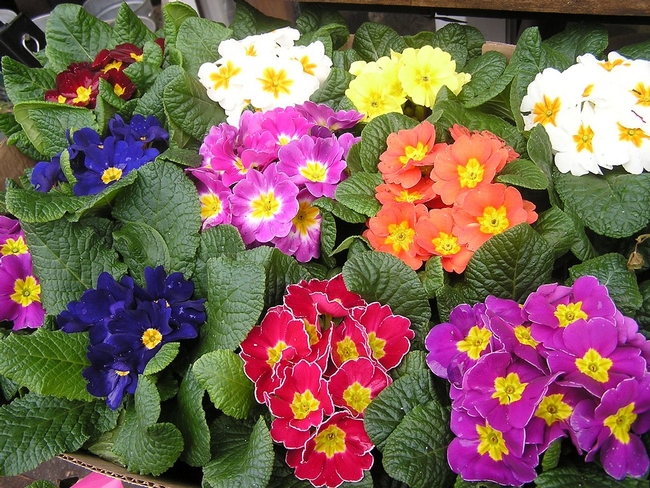
Primroses pack punch. (holicoffee.com)
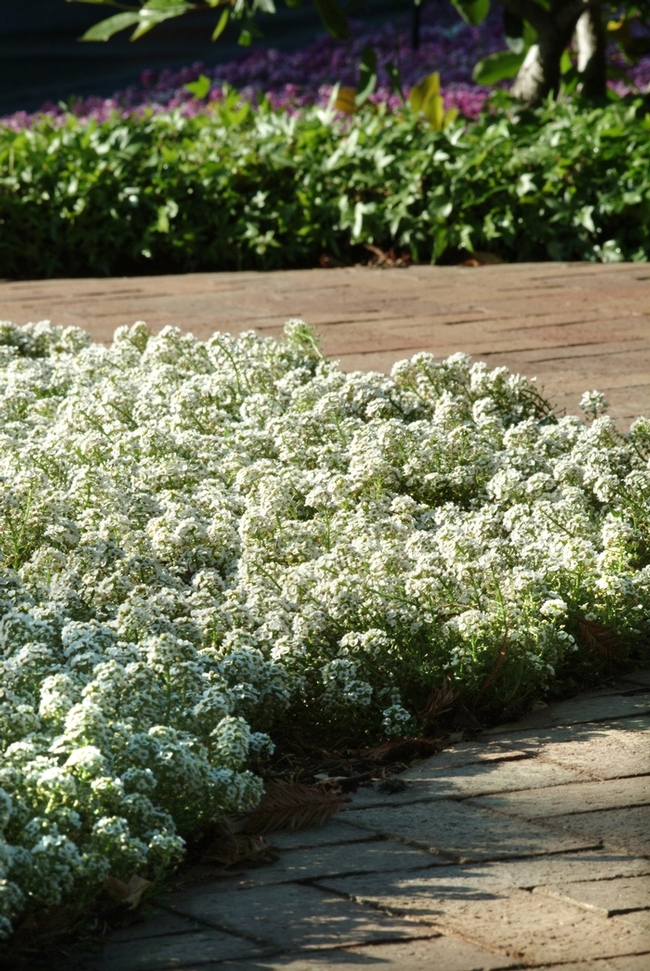
Alyssum. (sunnyvf.com)
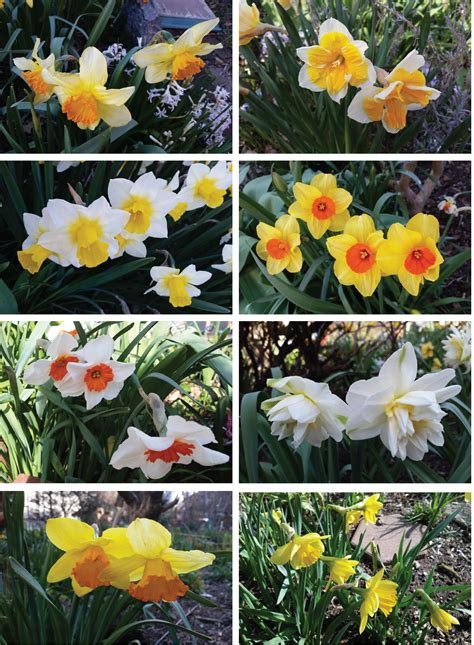
Daffodil variety. (laguardiacornergarden.com)
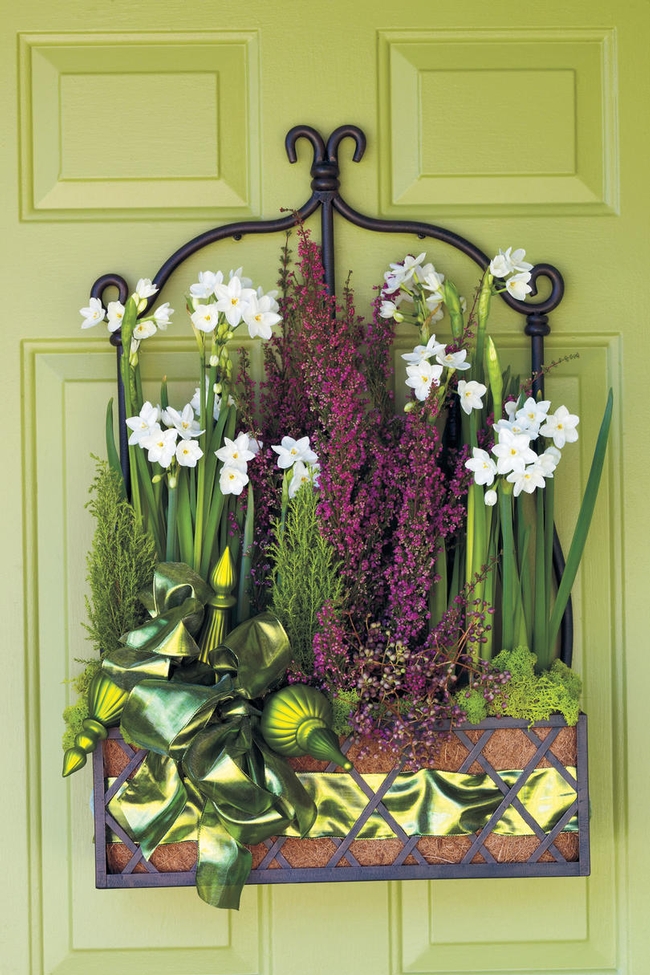
Paperwhites by the front door--maybe yes, maybe no! (southernliving.com)
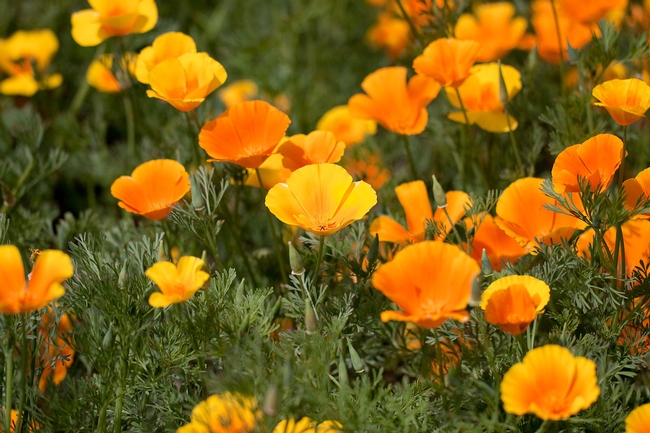
California poppy. (greenmylife.in)